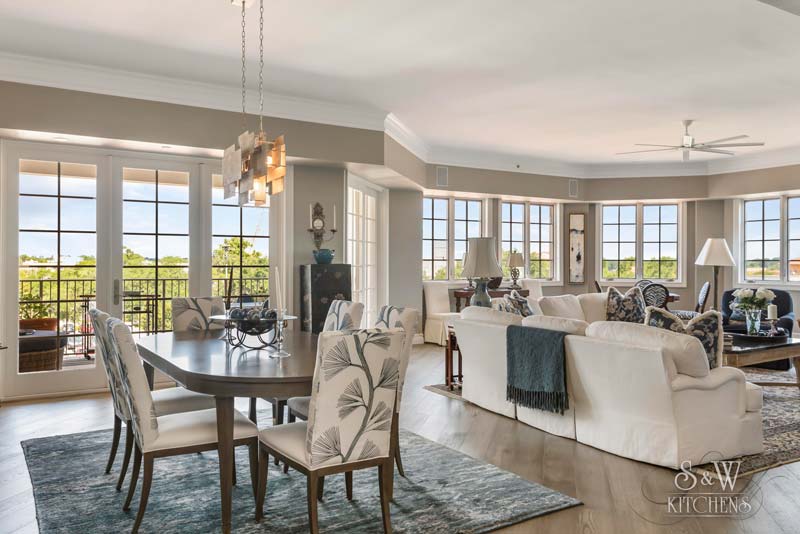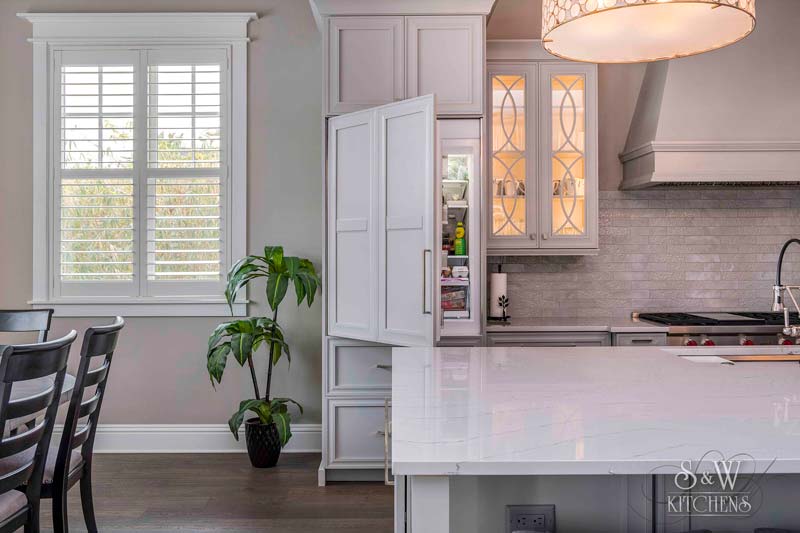Today’s home buyer is looking for more than just a beautiful home. They are interested in up-to-date environmentally conscious home design and they are willing to pay for it. According to Freddie Mac’s research, homes with high energy-efficiency ratings sold for 2.7% more on average compared to homes that did not. Motivation for eco-friendly features is due not only to the eco-conscious nature of young buyers but to the savings they provide.

Energy-efficient upgrades reduce annual energy costs by up to 30%. Luckily, if you are
planning to sell your home in the near future, there are several eco-friendly home improvements that will increase your home’s value.
Upgrade to Energy Star Rated Windows
The number one most sought-after eco-friendly home improvement item according to over 60% of real estate agents is Energy Star rated windows. This isn’t that surprising when you consider the benefits of installing Energy Star-rated windows. Lowered utility costs are nearly guaranteed with upgraded windows since they reduce the amount of heat and cooling that escapes through old single-pane windows. Reducing excess energy loss can reduce your utility bill by around 12%. Beyond lowering your energy usage, energy-efficient windows will greatly increase your home’s value. Buyers report that they are willing to pay an average of $8,700 more on a home to save $1,000 a year on utility bills. The cost to replace a window will cost anywhere between $200 and $1,800. Of course, the cost will go up for nonstandard-size and custom windows.
Install More Insulation
You rarely go into your attic so it’s not surprising that you are unaware of the deterioration of your home’s insulation. Heat loss through the attic varies from house to house, but on average it is somewhere around 25% for most houses. Adding insulation will slow heat loss, reduce energy waste, and make your home more eco-friendly. It is also one of the easiest home improvements that homeowners can do to improve energy efficiency. The most effective insulation is spray foam. The overall cost to insulate an attic with spray foam insulation is
between $1,000 and $3,600. However, the return on investment is high even before selling with most homeowners recouping their investment in six months to two years.
Switch Up Lighting
Replacing your old standard light bulbs is an easy home improvement project that will reduce your energy consumption and increase your home’s value. In general, homeowners switch from incandescent bulbs to LED bulbs. LED bulbs last 15 times longer and use up to 90% less energy than an incandescent bulb. The cost of each LED bulb is slightly higher than its incandescent counterpart, but the savings far out way the initial cost. LED lighting can save you $225 in energy costs per year. You can go a step further in switching to smart lighting.
Technology-enabled bulbs and lights are controlled through an app or voice command, can track your usage, and some are motion-activated so they will turn off when you are not in the room. Outside of your home, you can increase your eco-friendly lighting by switching from large electric spotlights to solar-powered lights. You can also opt for smart exterior lights that are motion-activated and use far less energy than standard exterior lights. Changing out so many light bulbs and finding energy-efficient lighting options may seem time-consuming but it will add to the marketability of your home. Over 47% of real estate agents believe that buyers want to see LED or compact fluorescent light bulbs in their future homes.

Add Weather Stripping and Caulk
You’ve installed new Energy Star certified windows. However, your energy efficiency upgrades should not stop until all of the cracks and crevices in your home are sealed. Whether you realize it or not, one-third of your home’s heating can escape through drafty windows, doors, and vented areas such as the clothes dryer and chimney. You can test for drafts in your home with a smoke pen. You can see where the smoke is pulled and find where the air is escaping from your home by releasing a stream of smoke. When you have found the drafty areas you can use weather-stripping to seal moving components in your homes such as doors and windows. You will use caulk to seal any opening or crack between door frames, window frames, and other non-moving parts of the house. In order to caulk the drafty areas of your home, you’ll need a caulk gun, a caulk, and a putty knife. After you have cleaned and dried the area to be sealed you can apply a fresh line of caulk and let it sit for 24 hours. Simple tasks such as caulking and weather-stripping draft areas will make your home less drafty and keep the temperature in your room more consistent and result in less energy waste.
Upgrade Your Appliances
In general, appliances can use 13% of the energy in your home. Most of the energy-sucking appliances are in your kitchen. You can reduce the amount of energy that these appliances use by upgrading to energy-efficient models. Over the past 15 years, refrigerators have been upgraded to lower their energy usage by almost half. The energy reduction is also true of dishwashers, which along with energy reduction also use significantly less water.
Upgrading these two appliances will make a significant change to your energy consumption. In addition to refrigerator and dishwasher upgrades, you should upgrade your oven/stove unit and your range hood. Both of these rely on a flow of energy when in use and an outdated version will require more energy due to simple age-related usage. A range hood is beneficial for more than just providing light while you are cooking and removing leftover food smells.
Your range hood removes pollutants from your home that are released when you use your oven or stove. When you choose your new energy-efficient appliances, look for ones that have a stainless steel finish. This is the most popular finish among homebuyers. If you would like to further upgrade your appliances you can always opt for smart kitchen appliances. These are technology-enabled, energy-efficient, and loved by many young homebuyers.
Upgrading your home to be more eco-friendly does not need to be difficult or excessively
time-consuming. During the appraisal process , eco-friendly upgrades will be included in the final appraisal value of your home. Small changes and upgrades to major home systems will greatly reduce energy waste and water waste while increasing your home’s value.

